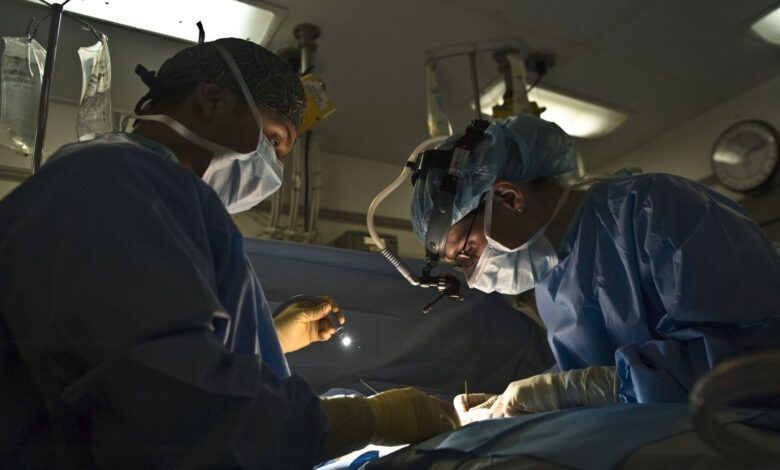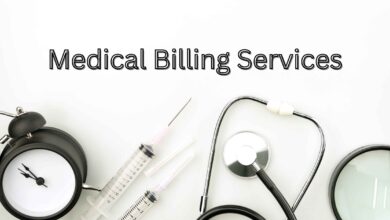What Is It Like to Recover from Pilonidal Cyst Surgery?

“Major highlights: The recovery plan will rely on certain surgical measures against the pain that will be given daily wound care with minimum sitting time, advancing to gradual activity and healing periods between weeks and months, and recurrence will be controlled by hair and follow-up management. A reliable aftercare network secures recovery, and having reasonable expectations is important.”
We know surgery feels like a big step. When you choose pilonidal cyst excision surgery, it brings both relief and worry at the same time. We are writing from a very practical perspective and an extremely supportive environment.
What to expect right after surgery
You will leave the hospital with detailed instructions. Some patients go home the same day, while others stay one night after a more complex flap procedure. You are probably feeling a hangover from the anaesthesia. The focus will be on immediate pain control, dressing care, and establishing a follow-up plan. Trusted references outline the steps correctly.
Rest and routine in the first 48-72 hours
Rest is important. We ask the patients to rest but gradually get up and start moving. A bit of walking prevents stiffness and constipation. Pain usually reaches a peak in the first 48 hours for many people. Take medication for pain as prescribed. Change the dressing as prescribed by your surgeon, keeping the wound clean and dry. In cases of packing, be prepared to change it according to your surgeon’s care plan or that of the assisting nurse. These postoperative care actions reduce the chances of an infection and enhance the wound healing process.
Week 1: Pain management and daily care
Pain should gradually reduce over the week. You can sit on cushions or on a doughnut seat. Long sitting times are discouraged. Showering is usually allowed; bathing and swimming shouldn’t be allowed till full healing is reached. Stitches, if any, can be removed roughly by day 10. If you have signs which indicate fever, spreading redness, increasing pain, and drainage heavier than normal, immediately contact the team. Those signs need the attention of an expert.
Weeks 2-4: Activity, work, and mobility
Most people return to light work one to two weeks following their surgery, depending on the demands of their particular job. Heavy lifting has to be avoided for longer. Walking should increase day-to-day from then on. You may drive when you’re able to sit comfortably and respond quickly. If your surgeon performed a flap or larger excision, expect a longer timeline-sometimes several weeks before normal activity can resume.
For open wounds: months of healing time, while closed wounds heal quicker.
If the wound was left open for drainage, the healing may take weeks or even months. If the closure of the wound was done using stitches or sutures, healing may take a relatively shorter time, but there is a slight risk for infection due to the closure. There are pros and cons for both options. Ask your surgeon the reason he/she chose one way over the other in your case. That will allow you to understand more about the specifics of your care plan.
- Everyday wound-care checklist for your reference
- Wash your hands before touching dressings.
- Clean gently, per instructions, after showering.
- Pat dry – don’t rub.
- Change dressings on schedule.
- Ensure that the hair is kept away from the area; any stray hairs are to be gently pulled out.
- Changes in the wound and pain levels are recorded so that they can be shared with your clinic.
Pain management that doesn’t risk drug problems
Use the pain meds prescribed. Do not drive while taking strong narcotics. Alternative measures can help: ice packs (for short periods), cushions, and positioning. We suggest a step-down approach: use the minimum effective dose, and taper down as pain eases.
Recurrence prevention – small habits, great effects
While healing, maintain the area free of hair and clean. Regular shaving, depilation cream, or laser hair removal reduces recurrent risks. Long periods of sitting increase the risk; therefore, stand, stretch, and change position very often. If you are to work sitting all day, set a timer for a standing break. Evidence from both literature and clinical guidance suggests that hair management, as well as behaviour change, will prevent recurrence.
When things go wrong
Call your surgeon for any increase in redness, foul odour, fever, miscarriage, or sudden onset of severe pain. Follow-ups are set in place for early detection of any problems. If the wound reopens or remains draining, you may need more treatment. This does not indicate failure- for a lot of people, pilonidal disease will come back, and a follow-up plan can keep you safe.
How successful is pilonidal cyst surgery?
A successful pilonidal cyst surgery consists of surgical skills, self-care after the operation, and any changes in lifestyle after healing. The fewer complications occur, the more one communicates with the surgical team. Perhaps you should discuss hair removal and office ergonomics with your surgical team before leaving the hospital. Success isn’t just about the surgery itself but also your aftercare.
Trusted resources
Patient information from recognised institutions like the NHS and Mayo Clinic detailing further care and recovery steps should be a great help: NHS aftercare and Mayo Clinic patient information.
Conclusion
Do arrange for help during the first 48 hours at home. Purchase wound-care supplies beforehand. Soft seating and loose clothing will be helpful. Keeping a daily diary of wound pain and changes. Examine methods for eliminating hair that reduces the possibility of regrowth.
Indeed, recovery is sometimes late. In the meantime, things should be taken care of well with intelligent activity options and amply keeping in touch with the providers; then all is on the way to going back to normalcy. If you want, we can help build a recovery checklist for you to take to your next clinic visit.




